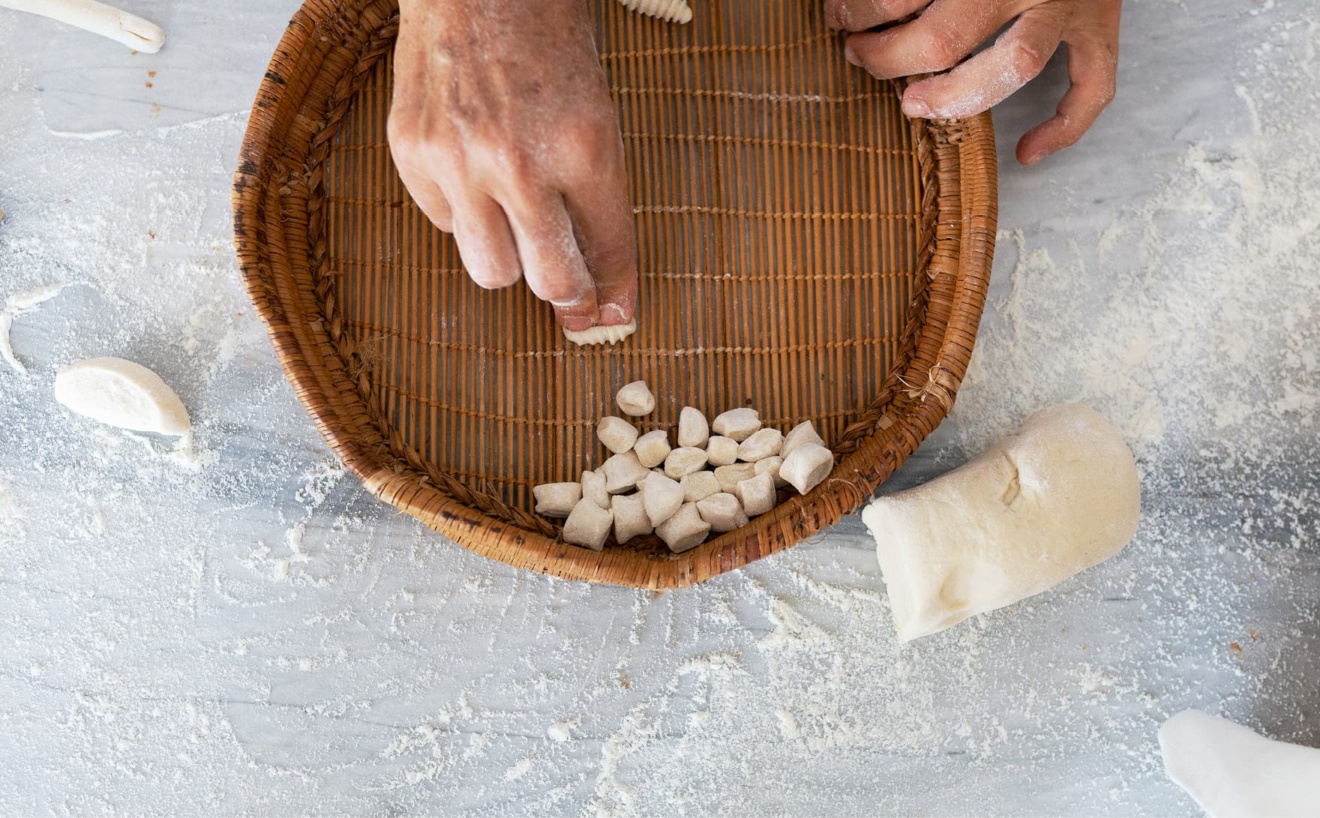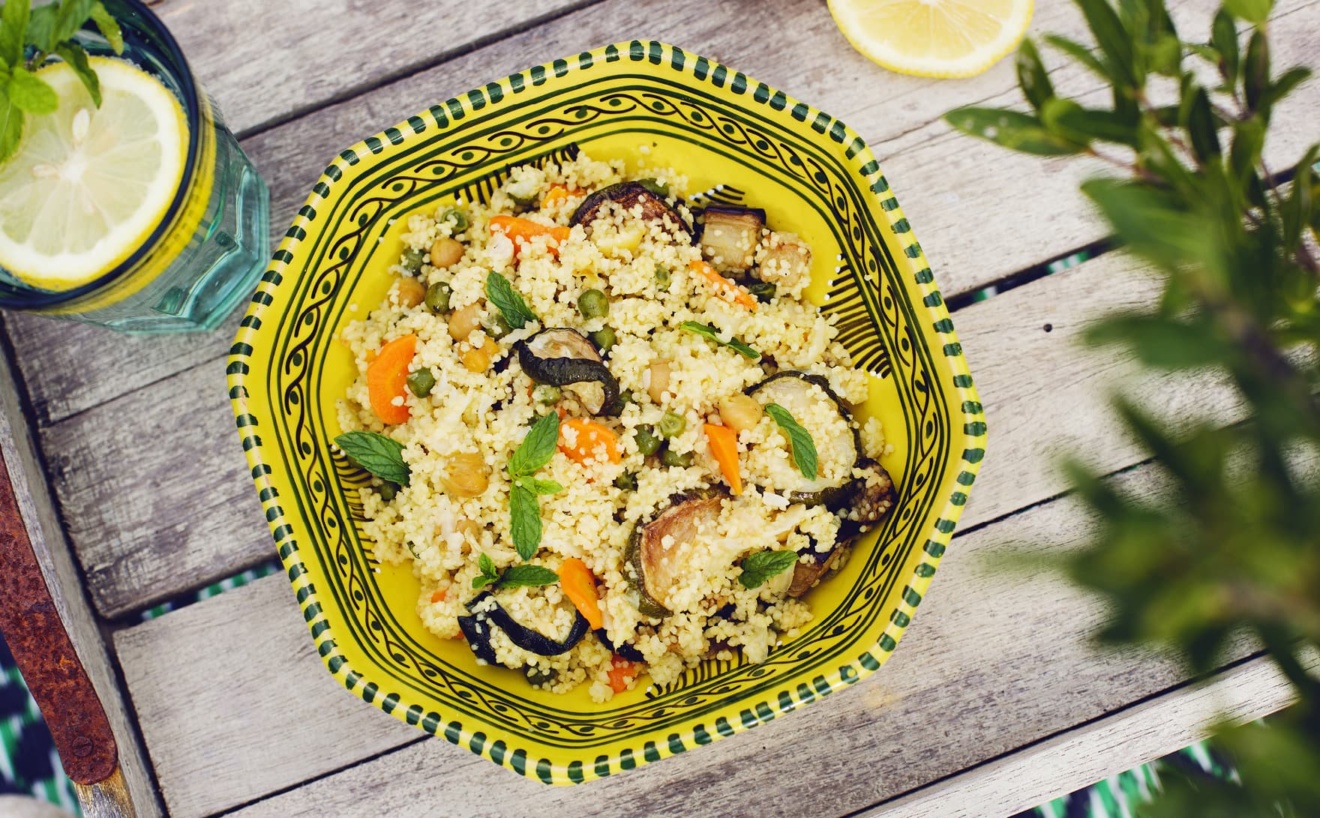by Vannisa Biggio
I have always hung around the women of the house, observing their slow gestures, from their hands came the dough, the real dough. They stood around the old kitchen table overlooking the “carugéttu”, each with her own duties.
After reassembling the dough, which was divided into several parts to facilitate the work, they proceeded to prepare the fresh pasta for the holidays. And so, on that now worn-out wood, there were those who stretched out long strands, those who cut them into pieces, those who shaped them and finally those who arranged them. I see them again with their aprons soiled with flour, their caressing glances, aware that they would soon feed not only the bodies but also the souls of their guests. When they had finished their work, they covered the dough with white linen cloths, the only colour contrast being the monogram embroidered in one corner. Initials of one family or another, pieces of kit that I still love to use in my modern kitchen in a city flat.
I don’t know when this passion of mine began, but I have a clear idea of when I started to cultivate my hobby. At the end of the 1970s, after finishing high school, I started collecting cookery books and magazines. At that time, the glossy pages were full of tortellini with cream and pennette with vodka.
My mother gave me plenty of space, our roles in the kitchen remained quite distinct, as did our dishes: she with her family recipes and La Cucina Italiana, I grappling with Nouvelle Cuisine and Paul Boucuse.
I was always on the lookout for new dishes, I didn’t deal with our tradition, that was my mother’s field and I had the illusion that she would always be there! I started to write down the recipes from my house on scraps of paper, which I scattered around the house, in the middle of books: notes, annotations, asterisks, I was afraid of forgetting them. So I started writing to save our roots and leave my daughters my legacy: a trunk full of memories.
Vannisa Biggio

















